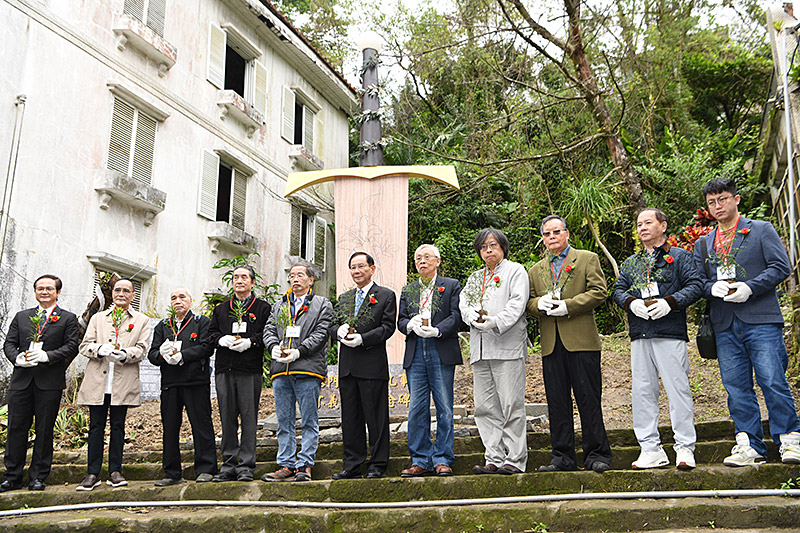Army of tiny wood-borers reveal new enzyme that could help turn old paper into fuel
Scientists studying tiny wood-boring beetles have taken an important step in the quest to turn old rubbish such as paper and wood into liquid fuel.

Limnoria – the wood-eating gribble. We are grateful to Dr Alex Ball for permission to use the confocal microscopy facilities at the Natural History Museum for this image.
Using Diamond Light Source, the UK’s national synchrotron facility on the Harwell Campus, researchers have identified a key enzyme used by the marine-borers or ‘gribble’ to break down wood. They now hope to reproduce the effect of this enzyme on an industrial scale to create sustainable liquid biofuels – a process that is currently difficult and very expensive.
Creating liquid fuel from woody biomass involves breaking down sugar polymers that make up the bulk of materials, into simple sugars and fermenting them to produce liquid biofuels.
Researchers turned their attention to studying gribble because they are notorious consumers of wood that have been known to destroy seaside piers. Scientists want to mimic in industry, the organism’s natural processes.
Results in PNAS (3 June 2013) show advanced biochemical analysis and X-ray imaging techniques at Diamond Light Source which is 86 percent funded by STFC, allowed researchers from the University of York, University of Portsmouth and the National Renewable Energy Laboratory in the USA to to visualise the position of every single atom in the enzyme. This is a vital step towards being able to reproduce it.
Dr John McGeehan, a structural biologist from the University of Portsmouth team, said:
“Rather than magnify the enzyme with a lens as in a standard microscope, we fired an intense beam of X-rays at the crystals to generate a series of images that can be transformed into a 3D model. The Diamond synchrotron produced such good data that we could visualise the position of every single atom in the enzyme”.
Prof Trevor Rayment, Diamond’s Physical Sciences Director, comments:
“The synchrotron light that Diamond generates is a vital tool for research across a wide range of scientific disciplines. This research, where the scientists are harnessing an animal enzyme to potentially turn waste materials into sustainable fuels, is an inspiring example of how different science fields can impact on one another. It draws together biology, environmental problems and future energy solutions and, by reproducing this enzyme on an industrial scale, this discovery could also lead to economic benefits for companies working in the liquid biofuels sector.”
Source: Science and Technology Facilities Council
- 470 reads
Human Rights
Ringing FOWPAL’s Peace Bell for the World:Nobel Peace Prize Laureates’ Visions and Actions

Protecting the World’s Cultural Diversity for a Sustainable Future

The Peace Bell Resonates at the 27th Eurasian Economic Summit

Declaration of World Day of the Power of Hope Endorsed by People in 158 Nations

Puppet Show I International Friendship Day 2020

